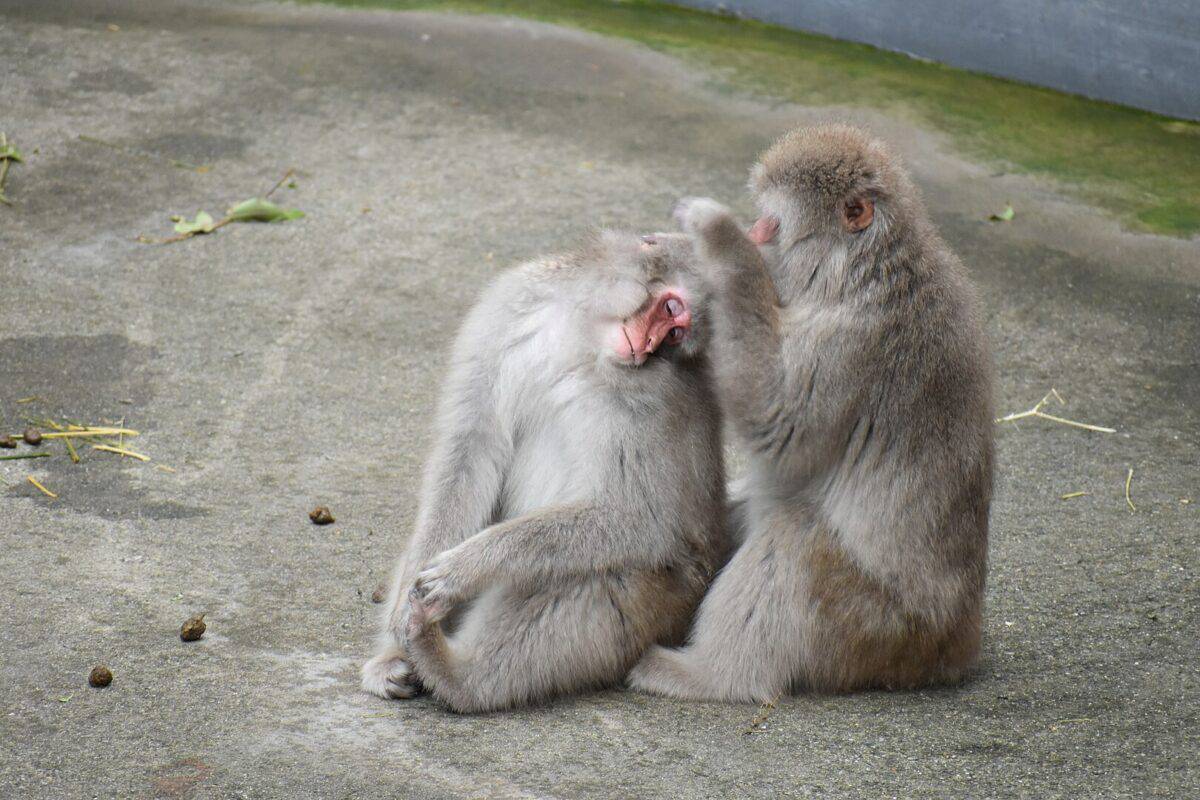Homosexuality is not restricted to humans; it is a natural phenomenon observed in various animal species. Exploring same-sex behavior in the animal kingdom unveils the rich diversity of sexual orientations beyond our own. From bonobos to black swans, numerous species exhibit same-sex interactions, challenging the notion that homosexuality is exclusive to humans.
Here are the Top 10 Gay Animals:
1. Bonobos
Bonobos provide insights into the complexity of same-sex behavior, and considering they are some of our closest animal relatives, the truth of nature is quite telling. These highly intelligent primates exhibit various sexual interactions, including same-sex encounters. Bonobos engage in sexual activities for reproduction and as a means of social bonding and conflict resolution.
Same-sex behavior is frequent among males and females, showing off the diversity of sexual orientations within bonobo communities. The inclusive and fluid nature of their sexual behavior contributes to bonobo societies’ harmonious dynamics and social cohesion.
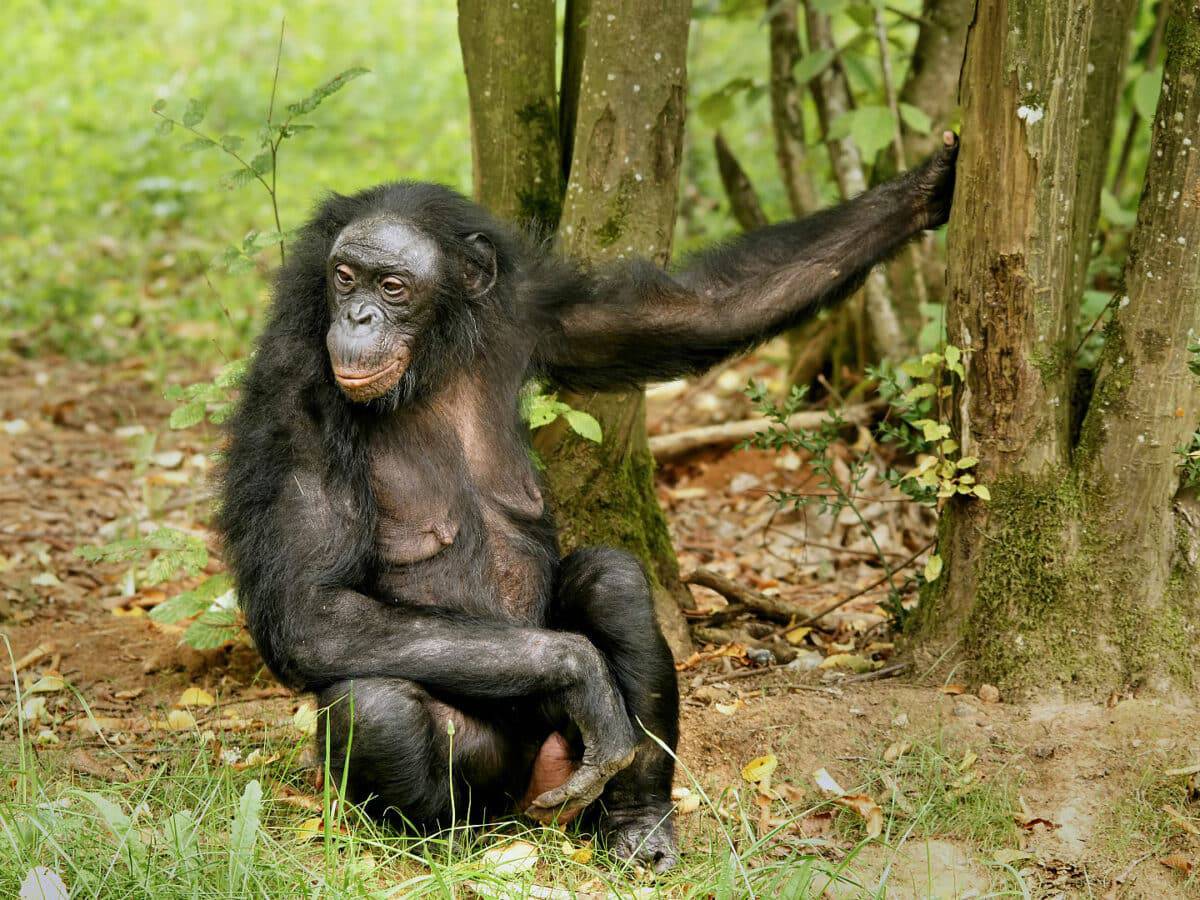
2. Dolphins
Dolphins, known for their intelligence and social nature, exhibit remarkable same-sex behavior. Within their complex social structure, dolphins engage in various sexual interactions, including same-sex relationships. Specific genders do not limit these interactions and actively contribute to the intricate dynamics of dolphin pods.
Same-sex behavior among dolphins includes social bonding, establishing alliances, and cooperative hunting. Marine mammal researchers observe playful and affectionate same-sex interactions, highlighting the diverse expressions of sexuality in these highly intelligent creatures.
Dolphins challenge traditional notions of sexuality, showing the natural occurrence of same-sex behavior in the animal kingdom.

3. Giraffes
Giraffes, with their majestic appearance, are not exempt from exhibiting same-sex behavior. Homosexual encounters have been observed among both male and female giraffes. While the primary focus of giraffes’ social interactions is breeding and establishing dominance, same-sex interactions are not uncommon.
Such behavior may serve various purposes, including social bonding and establishing hierarchies within giraffe herds.
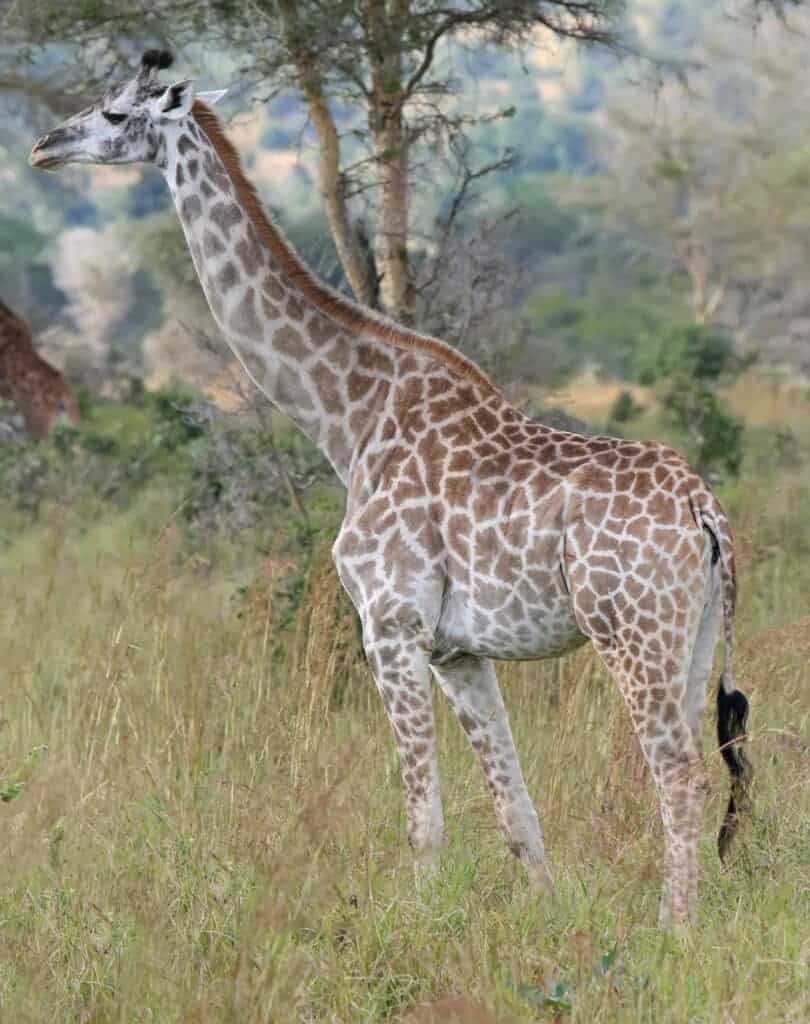
4. Penguins
Penguins, the adorable birds that inhabit the Southern Hemisphere, also engage in same-sex behavior. They form monogamous partnerships during breeding seasons.
Some penguin pairs of the same sex form long-term bonds and engage in behaviors such as building nests and raising chicks. This fascinating aspect of penguin behavior challenges traditional notions of sexuality in the animal kingdom.
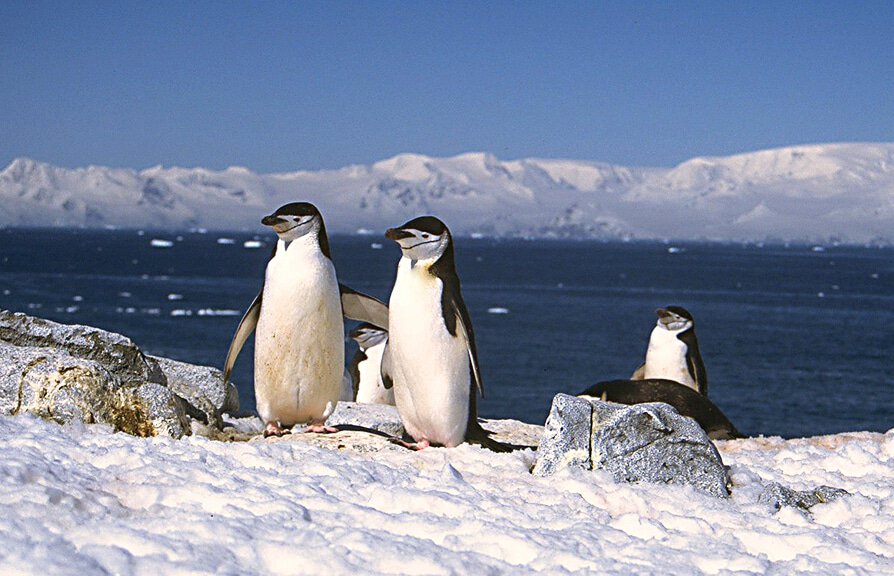
5. Lions
These big cats rule over the Savannas and show same-sex behavior within their social structure. Male lions often form alliances and engage in same-sex encounters to bond their relationships. These bonds are crucial for maintaining stability within lion pride and protecting their members.
Same-sex behavior among lions also serves to reduce aggression and increase dominance.
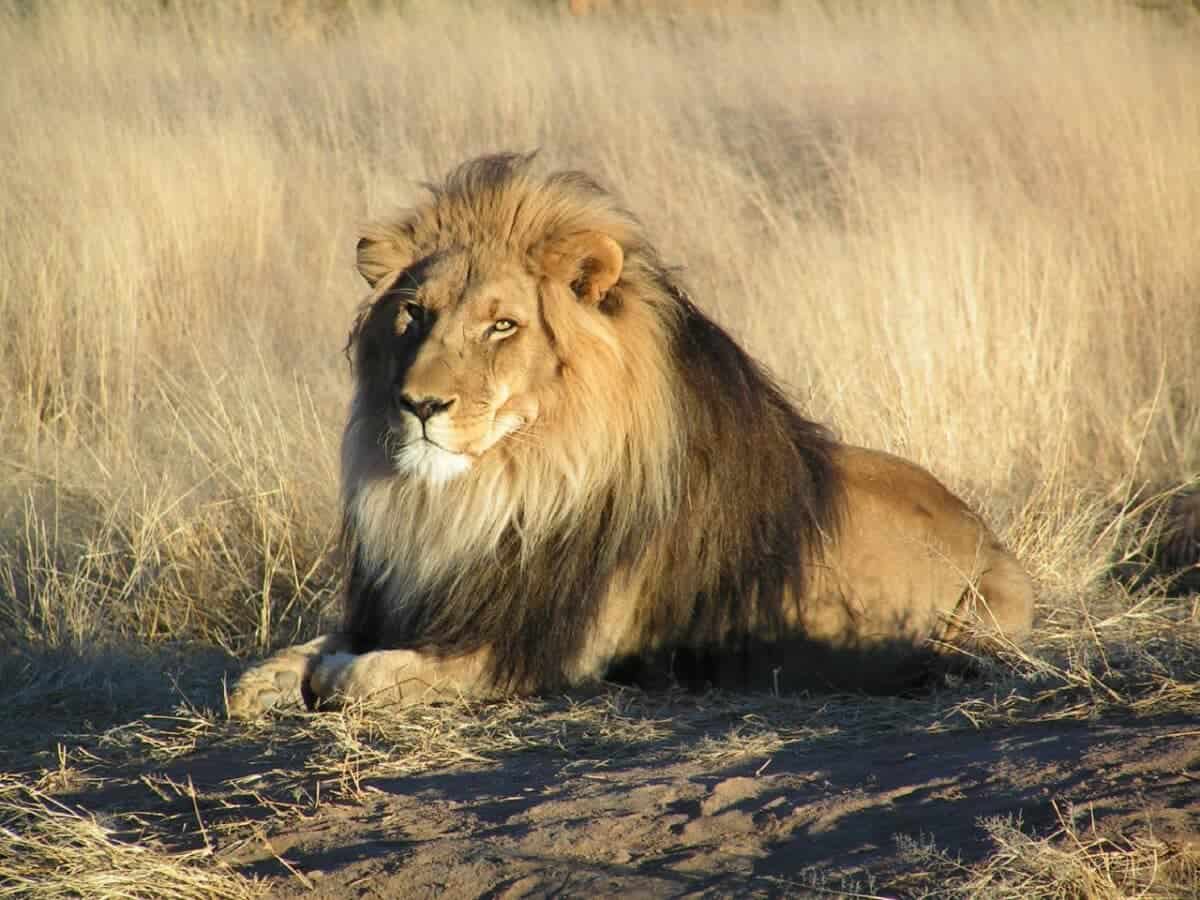
6. Bighorn Sheep
Big-horned sheep, famous for their big horns and great mountain climbing, sometimes have male-to-male action. This means that male sheep may climb on top of other male sheep for romantic reasons and to show who’s boss or to stay friends.
Bighorn sheep like to hang out with each other during their special time called “rutting season.” This is when the boy sheep have a big contest to see who can find a girlfriend. It’s like a big competition among the male sheep!
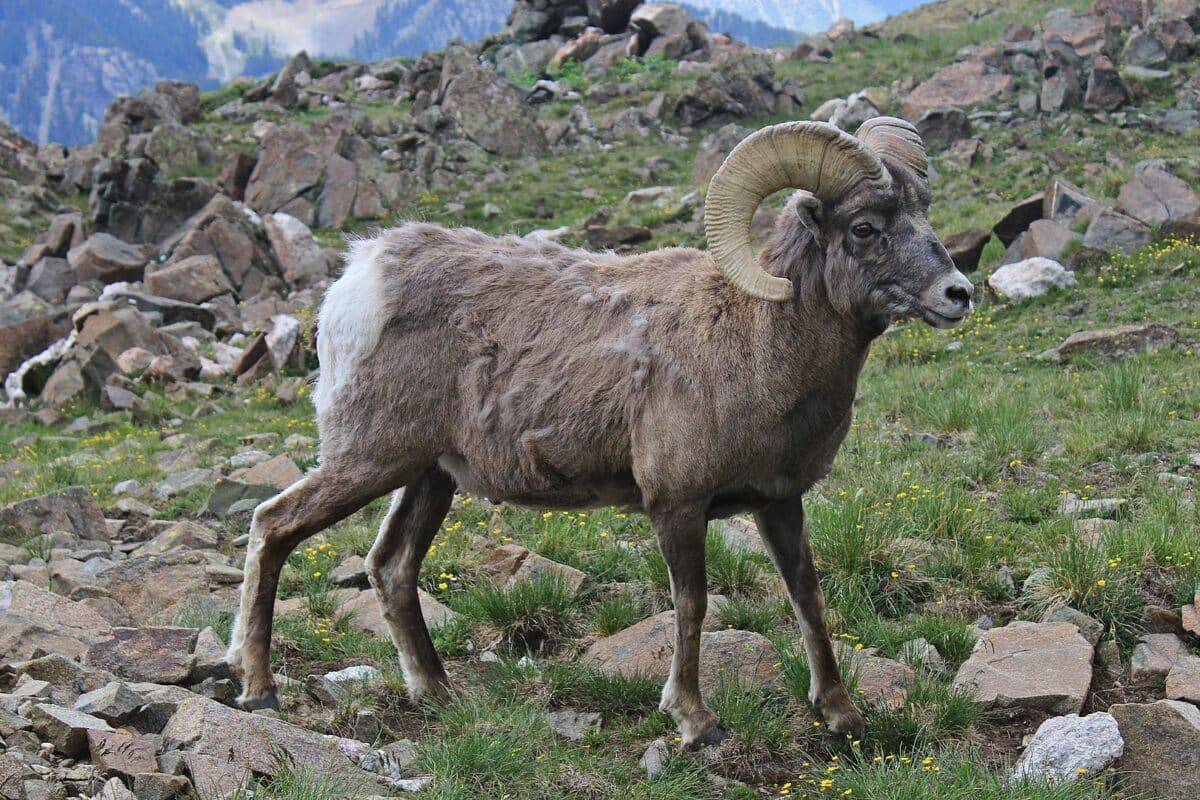
7. Killer Whales
Killer whales are incredibly clever and have complex social lives, they are marine animals. Evidence shows they engage in same-sex activities, like forming pairs.
Whales build strong social connections, form alliances, and work together when hunting. These actions help the killer whale groups, called pods, maintain their complex social relationships and stay united.
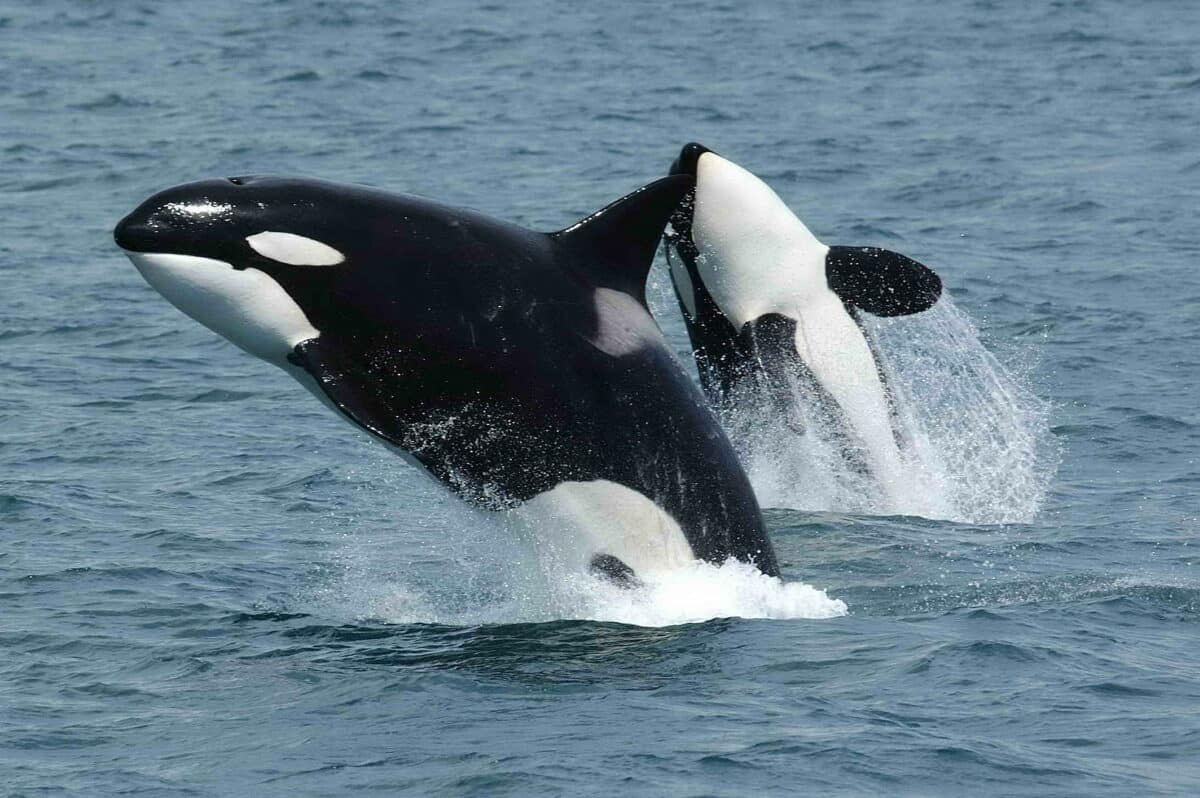
8. Whiptail Lizards
Whiptail lizards, like the desert grassland whiptail lizard species, are known for their special way of making baby lizards. They’re all girls and they have babies without needing a daddy lizard.
Sometimes, these lizards do things that might seem a little unusual. They might act like they’re trying to make baby lizards with other lady lizards, even though usually, they make babies with lizard friends of the same kind. These interactions might help them feel good and strengthen their friendships.
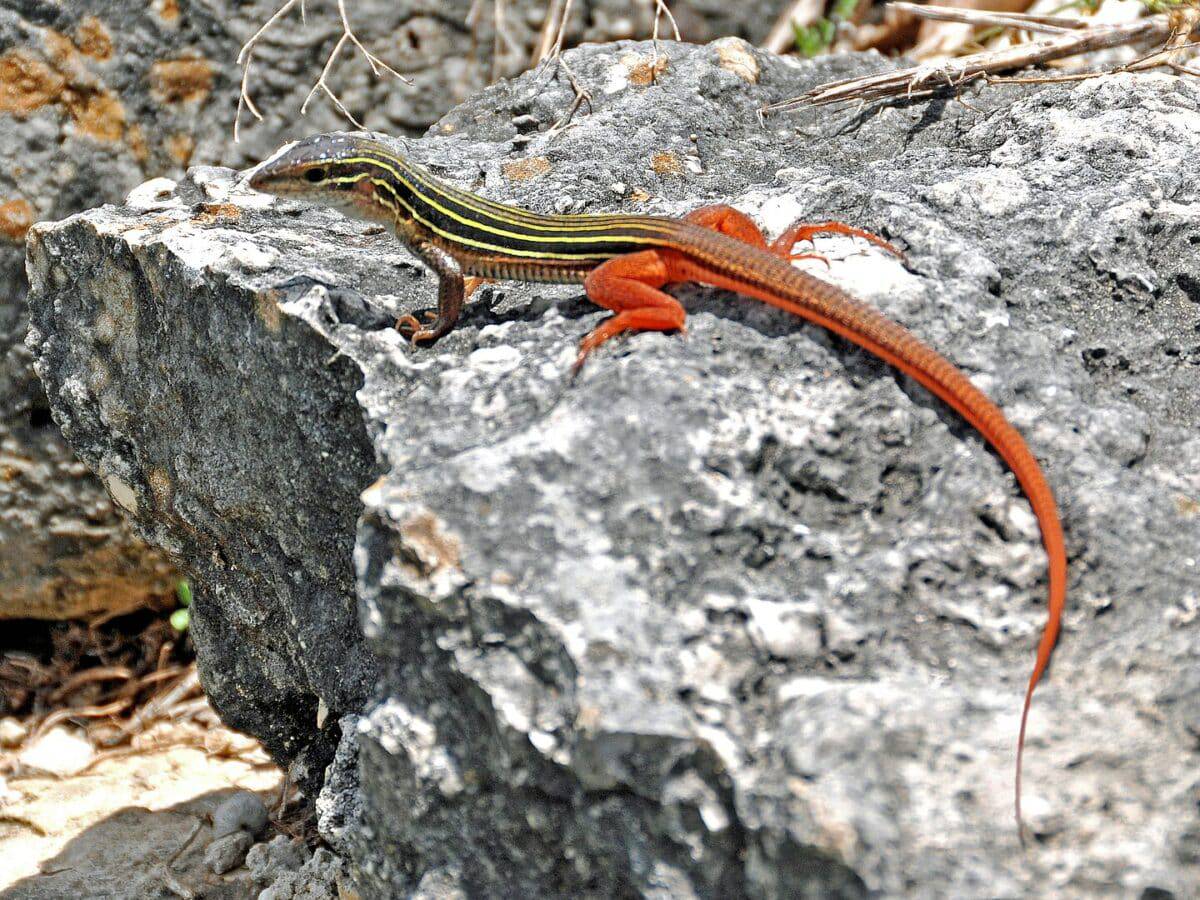
9. Japanese Macaques
Japanese macaques inhabit various regions of Japan. They live in complex social groups and engage in various behaviors, including same-sex interactions. Male Japanese macaques have engaged in same-sex mounting, social grooming, and forming same-sex affiliations. These behaviors contribute to social bonding, reducing tension within the group, and establishing hierarchies.
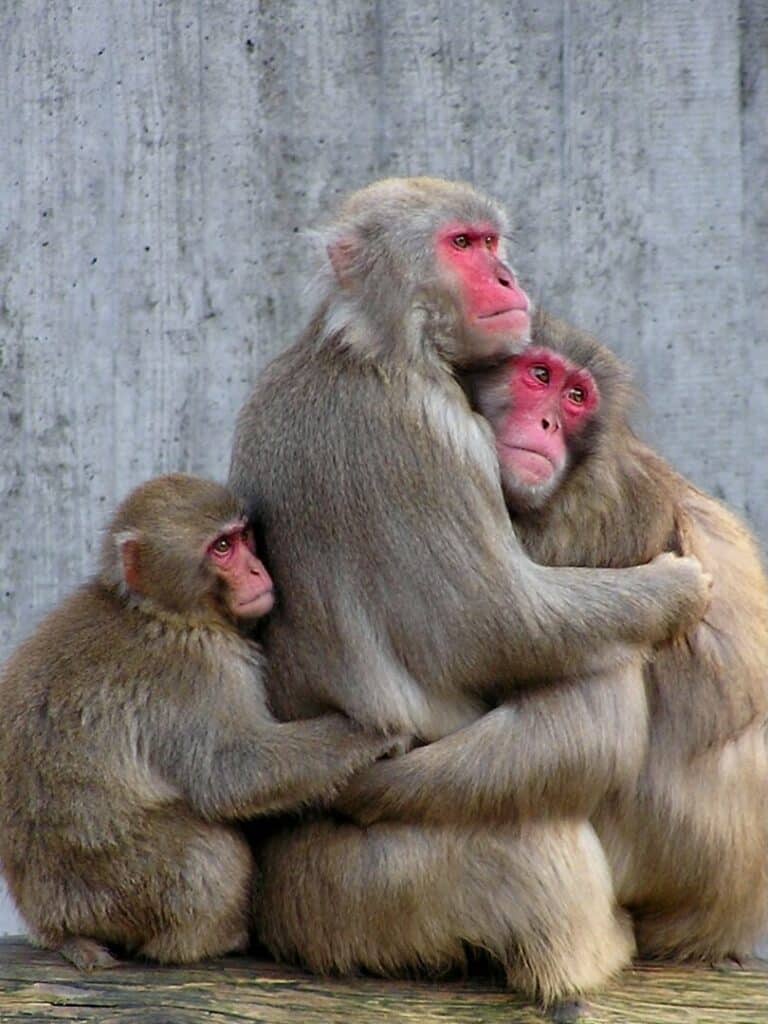
10: Black Swans
Black swans look pretty, and some like to be friends with others of the same kind. Scientists have seen black swans that are friends with other black swans who are the same as them. They stay friends for a long time and sometimes act like they are in love. This is similar to how boy swans and girl swans act when they are friends, and it helps the black swans as a group to be happy and have babies.
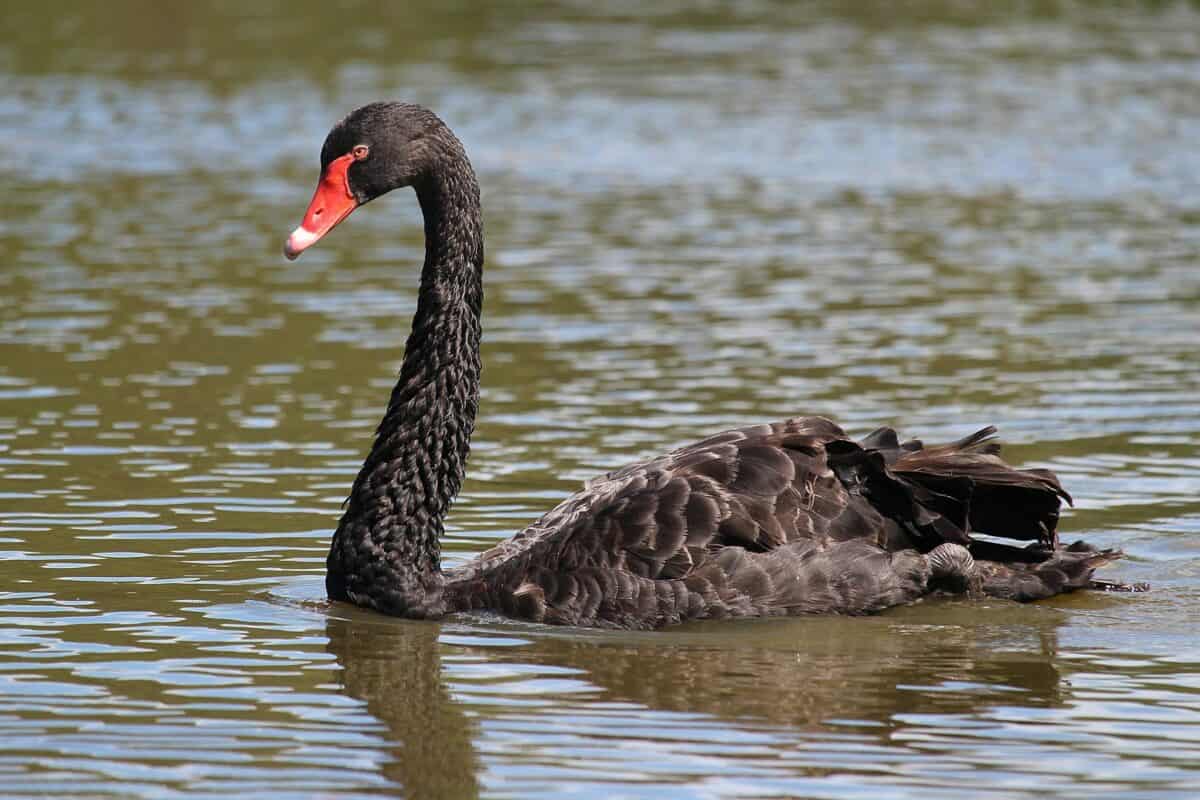
Frequently Asked Questions
Is homosexuality common among animals?
Numerous animal species have exhibited same-sex behavior, indicating its naturalness.
Do animals exhibit same-sex behavior for reproductive purposes?
Animals engage in same-sex behavior not solely for reproduction but for various purposes, such as social bonding and establishing social hierarchies.
Can environmental factors explain homosexuality in animals?
While environmental factors may play a role, evidence suggests that same-sex behavior in animals has a biological basis.
The Bottom Line
Exploring same-sex behavior in the animal kingdom reveals a fascinating aspect of nature’s diversity. From bonobos to black swans, various species exhibit same-sex interactions, challenging the notion that homosexuality is unique to humans. These behaviors serve important social functions, including bonding, conflict resolution, and establishing hierarchies.
By acknowledging the prevalence of homosexuality in the animal kingdom, we gain a deeper understanding of the complexity and diversity of sexual orientations. The top 10 gay animals highlighted in this article offer a glimpse into the natural occurrence of same-sex behavior across different species, emphasizing that homosexuality is a natural and integral part of the animal world.
If you enjoyed this article, read about 10 Animals That Enjoy Having Sex, The Young Swan – A Bird’s Journey, and how a Whale Nearly Swallows Two Kayakers off California Coast!
Join our Forum for free today!

- Usain Bolt vs. Peregrine Falcon – Speed Test in Their Domains - May 18, 2024
- Top 10 Animals in Yellowstone National Park - April 12, 2024
- Top 10 Omnivores - March 9, 2024

